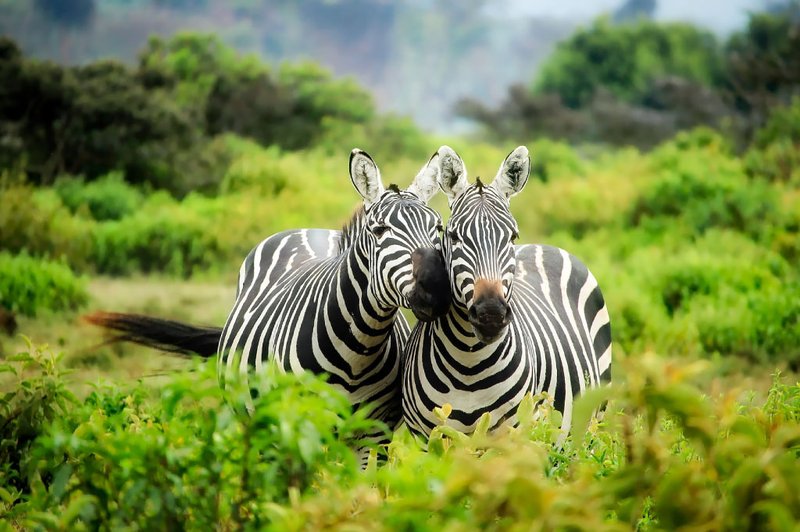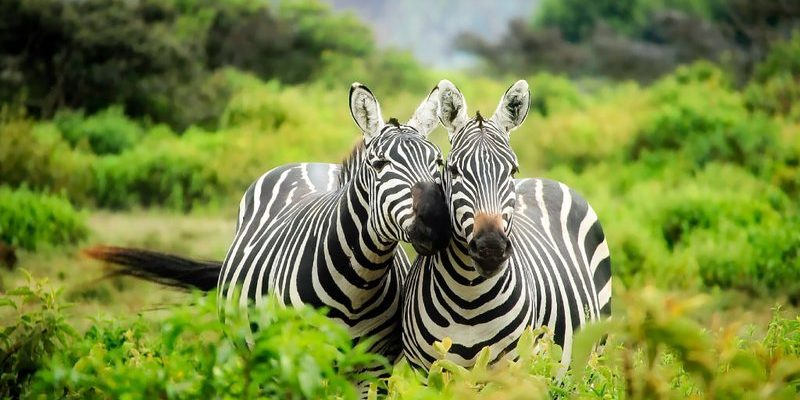
Imagine walking into a bustling café where everyone has a job. The barista brews coffee, the cook prepares meals, and the server takes orders. If one of them is missing, the whole operation feels off, right? Similarly, the Plains zebra contributes to its environment in ways that many might not even realize. Let’s explore how this incredible animal fits into the tapestry of its ecosystem.
What Makes Plains Zebras Unique?
The Plains zebra is distinguished by its bold stripes, which aren’t just for show. Each zebra’s stripe pattern is unique, almost like a fingerprint, and helps in camouflage. This helps them blend into the grassy landscapes they call home. Zebras are social creatures, often found in groups called herds. This social structure not only provides safety in numbers but also plays into their role in the larger ecosystem.
Social Structure and Communication
Zebras communicate through various sounds, body language, and facial expressions. For instance, a friendly nicker can signal approachability, while an aggressive snort warns others of danger. This communication helps them stay connected within the herd and coordinate their movements in their vast environment.
Moreover, their bond with each other is vital. When members of the herd work together, they can protect one another from predators like lions and hyenas, which can create a balance in the food web of their habitat.
The Grazing Impact of Plains Zebras
Let’s talk about what these zebras love to do: graze. Plains zebras are primarily grazers, munching on grasses and leaves. Their feeding habits have a significant impact on their habitat. By consuming large amounts of grass, they maintain the health of the grasslands. If not for their grazing, some grasses would grow unchecked, potentially choking out other plant species and altering the landscape.
The Balance in Habitat
While it might not seem like a big deal, their grazing helps promote biodiversity. When they eat the top of the grass, it allows nutrients and sunlight to reach new growth. This new growth benefits other herbivores, like antelopes and wildebeests, who share the same habitat. So, in a way, Plains zebras act as gardeners of the savanna, helping create a balanced ecosystem.
The Role of Plains Zebras in the Food Chain
In the wild, everything is connected. Zebras are a vital part of the food chain. They serve as prey for some of the most iconic predators. Their presence helps sustain the populations of these apex predators, which in turn keeps the herbivore populations in check.
Predator-Prey Dynamics
Predators like lions and hyenas rely on zebras for food. When these predators hunt, they help maintain healthy zebra populations. If zebras were to overpopulate, they might deplete their food sources, causing starvation or disease. This delicate balance is essential for the health of the entire savanna environment.
Plus, the presence of predators encourages zebras to stay in motion, promoting a natural cycle of movement across the landscape. This movement is essential for plant growth and seed dispersal, making zebra behavior impactful beyond their physical presence.
The Role of Zebras in Seed Dispersal
You might not think of zebras as gardeners, but they play an unexpected role in seed dispersal. As they graze and move across the landscape, they inadvertently help plants spread their seeds.
How It Works
Zebras eat grass and other plants. Some of the seeds pass through their digestive systems intact. When they defecate, those seeds are dropped in new locations. This process not only helps in the growth of new plants but also aids in the regeneration of their habitat.
Sometimes, this helps prevent the spread of invasive species, ensuring that native plants continue to thrive as well. In this way, Plains zebras contribute to their ecosystem’s health in a subtle but essential way, proving that even the smallest actions can have big impacts.
The Importance of Conservation
With so much to offer, it’s crucial to discuss the threats facing Plains zebras. Unfortunately, their populations are declining due to habitat loss, poaching, and competition for resources. This decline poses a risk not just to zebras, but to the entire ecosystem they support.
Why Conservation Matters
If we lose zebras, we risk unraveling a significant thread in the ecological tapestry. Conservation efforts aim to protect these animals and their habitats. By ensuring that they thrive, we also safeguard countless other species that depend on them.
Simply put, protecting zebras is not just about saving a single species; it’s about preserving the intricate relationships and balance of an entire ecosystem.
In summary, the Plains zebra plays a multi-faceted role in its ecosystem. From grazing and seed dispersal to being a key part of the food web, these striped creatures are essential for maintaining the health and balance of their habitats. By understanding their importance, we can better appreciate the delicate interconnectedness of all living things.
As we move forward, let’s support conservation efforts and ensure that these beautiful animals continue to thrive in the wild. After all, the health of the ecosystem depends on every member, and the Plains zebra is certainly one of its stars.

